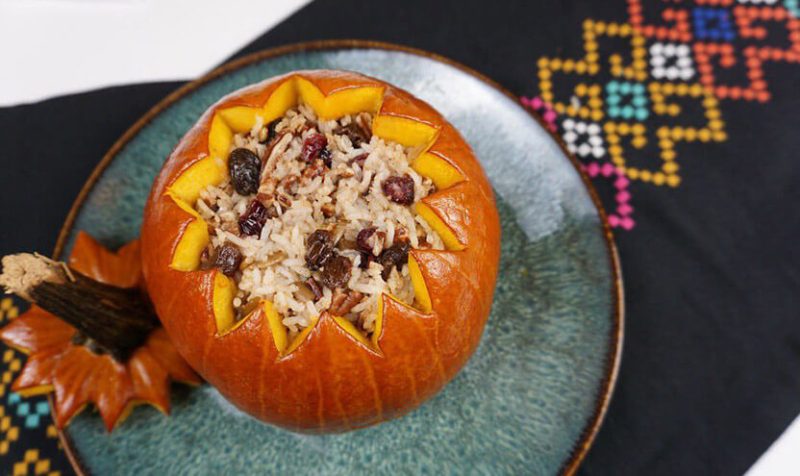A Taste of Tradition: Exploring Armenian Cuisine and Its National Dishes
With a tempestuous history stretching from time immemorial, this little treasure of a state in the South Caucasus becomes more than food to consume; it becomes culture, it becomes identity, and it becomes hospitality. Armenian cuisine, replete with time-honored traditions, tells of endurance, togetherness, and the generosity of the land. From sun-ripened vegetables to scented herbs and traditional methods of cooking, each dish stands testimony to the Armenian way of life.
In this blog, we carry on a journey deep into the Armenian cuisine and bring forth the most famous national dishes that stood the test of time and bonded families and communities at a table.
The soul of Armenian cooking
Thus, Armenian dishes are primarily conditioned by their geography, climate, and endless years of cultural interaction.
Distinctive quality ingredients of Armenian cheap and home-style cooking distinguish it from the generality of kitchens worldwide. Most plates consist of vegetables, grains, meats, dairy products, and herbs such as parsley, mint, tarragon, basil, etc. One of the most traditional traditions in Armenia is lavash, or the flat piece of bread baked under a tonir (clay oven), which replaces all utensils as people use lavash to wrap around meats and cheeses or greens.
The very soul of this hospitality believes that food should be shared. Mealtime is, then, a time among people to be gathered close, enter the warmth of generosity, and remember the good and treasured traditions of families long past.
The food of strength
Regarded as one of the most emblematic Armenian national dishes, it is a revered dish that is porridge made of korkot (cracked wheat) and meat, always chicken or lamb, and slow-cooked. It is often prepared in big cauldrons over low heat for a long time. It symbolizes patience, endurance, and unity.
Most of the time, it is served on religious or national occasions, especially on Musa Ler Commemoration Day, which commemorates the Armenian resistance during the Genocide. Not only does it serve as sustenance, but it also tells a story about faith and survival.
Khorovats
The Greatest Armenian Barbecue There are few things that would bring Armenians together like the Armenian way of Barbecue. In the West, one might find that grilling can very easily be referred to as khorovats. It is much more than that. Marinated cuts of pork, lamb, and beef are pierced with skewers and grilled on hot pieces of coal accompanied by much precious commodity, vegetables-in this case, eggplants, tomatoes, and bell peppers.
Khorovats is not only a meal but also a complete experience in itself, offered once a year at all family get-togethers or on weekends or holidays. Puffing smoky air through sizzling roasting meat, laughter rings into wisdom amidst the senses of the brilliant community spirit which lives on within Armenian souls.
Dolma
Dolma is one of the most favored dishes in Armenian coinage: the very flavorful stuffing of grape leaves or vegetables with finely ground meat, rice, herbs, and spices that was slowly cooked inside a pot and eaten with garlic yogurt-dolma is a good example of the Armenian skill of taking very simple ingredients and making them into quite an elevated dish.
Perhaps one of the most notable of them all is Pasuts Dolma, a lentil, bean, and bulgur-based vegetarian variety traditionally prepared during the period of Lent. It is the perfect case of how Armenian cuisine draws in alignment with the spiritual calendar, altering recipes to reflect religious observances.
Ghapama
When a dish embraces you with warmth, ghapama is doing just that. Pumpkin is also filled with rice, sun-dried fruits such as apricots, raisins, plums, nuts, and spices, and at last, baked in an oven until it gets soft and a heavenly aroma develops.
Usually, it is served for guests on New Year’s or Christmas. However, this feast is an ideal illustration of Armenian hospitality and the bounty that enriches his table. A folk song immortalizes ghapama, raucously chanting, “Hey jan, ghapama, hamov hodov ghapama!” or “Oh dear, ghapama, tasty and fragrant ghapama!”
Zhingyalov Hats
An Herbal Treat, An Armenian Flatbread from the Artsakh Region, Stuffing Thinned Wild Herbs and Greens, More than a Dozen Edible Plants during Appropriate Season, Unique Fresh Flavor Profile.
The zhingyalov hats are widely consumed and made popular in Lent and days of fasting as a reflection of the Armenians’ love of land and its season. Earthly and nutritious, crafted with care, zhingyalov hats are indeed a humble yet treasured dish.
Armenian Cuisine Nowadays
True; Armenian cuisine has its time-honored tradition and customs, but today it is changing. Chefs and home cooks break with traditions to reinterpret classical recipes through the lens of modern techniques and ingredients, thus bringing into life old flavors. Preservation and promotion of Armenian culinary heritage are also greatly supported by diaspora communities in various lands; after all, these communities continue to savor certain beloved dishes kilometers and centuries away from the homeland.













